A GAA competition for children in Britain is expected to attract over 3,000 players this weekend.
The All-Britain Competition has been growing in numbers with the inclusion of many children from a variety of ethnic backgrounds as well as those of Irish descent.
Head of Games Development and Operations for Britain GAA Stephen Lavery says the number of players has increased from 1,500 in 2017, to 3,300 registered to play this year.
A second venue - Tír Chonaill's in Greenford - has been added for use along with London GAA ground nearby in Ruislip, west London.
Players come mainly from London, especially the northwest areas like Harrow and Twickenham, but also southern London areas like Croydon and Beckenham.
There are a total of 330 teams coming from areas such as Lancashire and Yorkshire as well as Scotland and Wales.
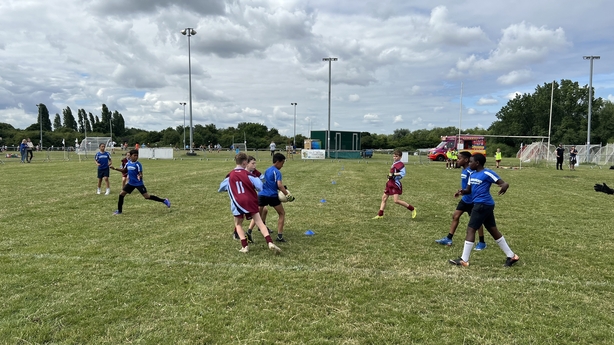
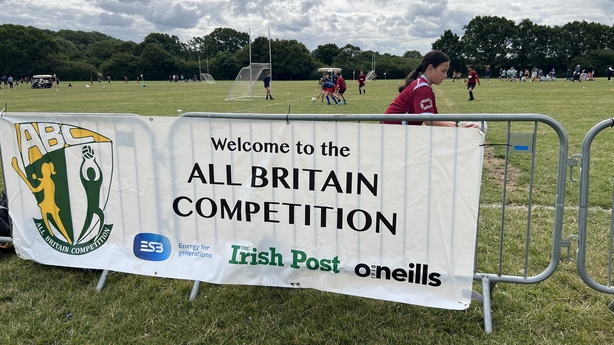
An estimated 70% are of Irish descent while the rest come from different ethnic backgrounds.
Secretary of London youth GAA board Pat Winston said young people in Britain do not have any organised sport during the Summer.
There is cricket, but he says this is an elitist sport played only by independent schools.
He says many primary school children take up GAA because there are no other games during the summer.
This is often because a teacher in the school is first or second generation Irish.
He also said this is an opportunity for the GAA to expand in Britain.
Jefferson, a pupil at St Mary’s in Beckenham, is of Nigerian descent and said he likes Gaelic football because of its "intensity".
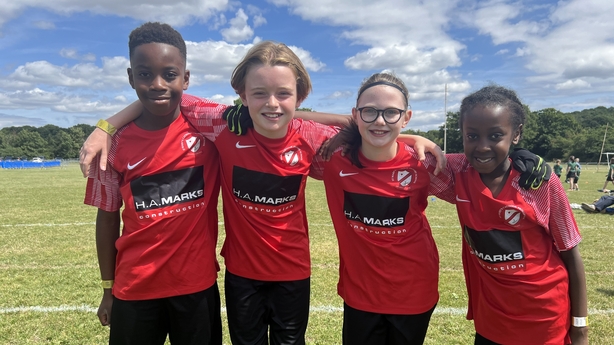
His schoolmate Janelle, who is Zambian and Jamaican, said she likes playing it because "it is a mixture of a lot of different sports".
Danny, whose father is Irish, said his grandfather won an All-Ireland with Kerry, and he feels it is special that Gaelic football is being passed down the generations to him and to future generations.
Matilda, who is also from St Mary’s, said she knew of Gaelic football from her cousins in Ireland and got an opportunity to play it at school in London.
Ellen, from Holy Rood school in Watford, said she took up GAA after her father - who is from Mayo - took her to a match. She says she has made a lot of friends through the game.
The rules are different for the primary school games, with each team having to play three girls.
There are two points for a shot over the bar but only one for a goal, which is to encourage the children to lift the ball rather than play it like soccer.
London GAA is 127 years old and has an interesting history.
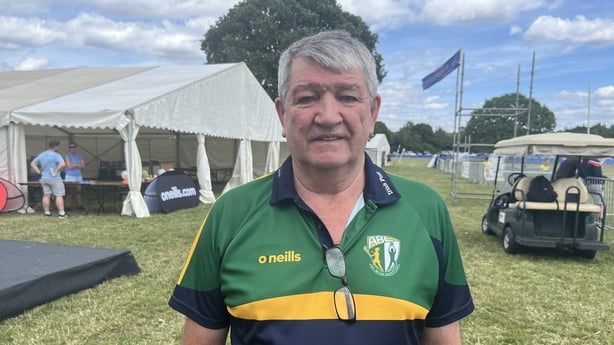
President of Britain GAA’s Provincial Council Noel O’Sullivan said it is a source of pride that both Sam Maguire and Liam MacCarthy were in London GAA.
Sam Maguire was a member of Hibernian GAA club in Fulham and played for London in a number of All Ireland Finals in the early 1900s.
Liam MacCarthy was the son of Irish immigrants, never lived in Ireland and learned his hurling on Clapham Common. A successful businessman, he was best known as a benefactor and administrator.
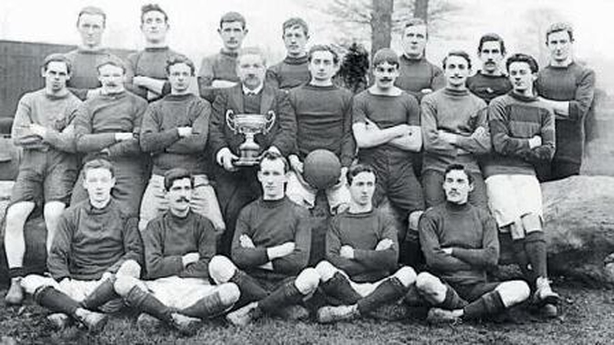
In fact, London won the All-Ireland Hurling title in 1901.
London GAA has also organised exhibition GAA football games at Wembley in which the two best teams – such as the winner of the All-Ireland and winner of the National League - would play each other on Whit Weekend.
Wembley At Whit attracted 40,000 spectators in the early 1960s.
Although London GAA has declined in numbers - there are 28 clubs in London now, less than half the number 50 years ago.
But the All-Britain Competition has managed to increase participation with older children playing over the weekend with the number of both hurling and camogie teams showing big increases.







